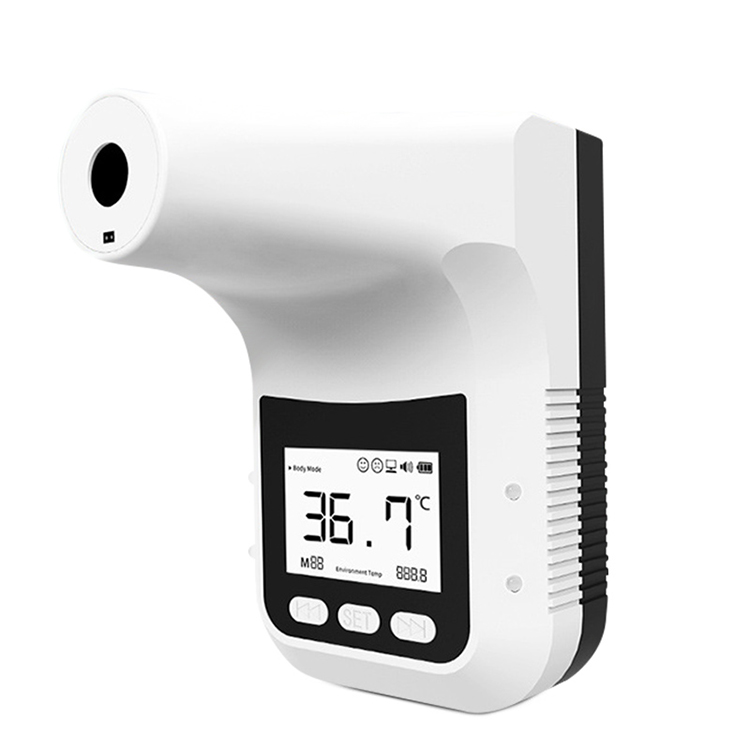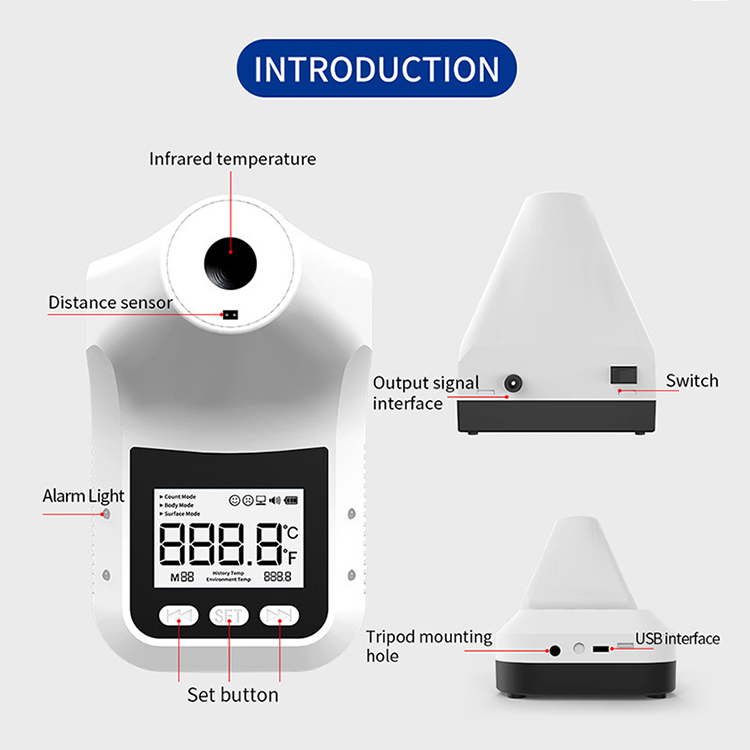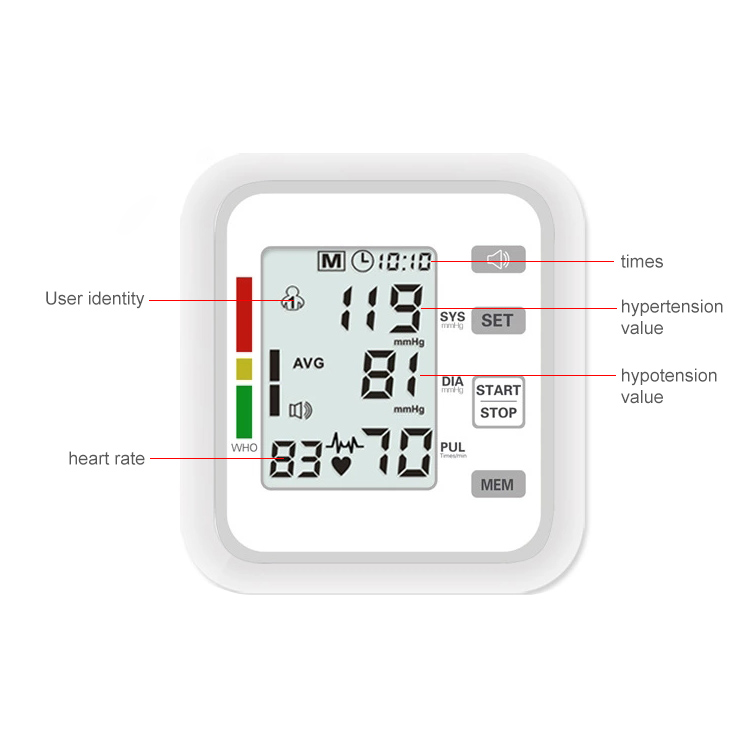
K3-Pro Настенный термометр
K3Pro бесконтактный высокоточный многофункциональный интеллектуальные термометр, используя ЖК-экран высокого разрешения с подсветкой дизайн, K3Pro термометр принимает решение измерения медицинской температуры, и в то же время, с высокой точностью Фермопилах датчика данных, он может точно и стабильно измерение температуры. K3Pro может использовать функциональные кнопки, Запрос последних 30 групп измерений данных, а также установить температурный порог сигнализации. K3 Pro может быть приведен в Type-C USB или 4-х батареек типа АА и могут быть установлены везде, где это необходимо.
К3 Pro может быстро измерение температуры в 0,1 секунды, производительность стабильной, стресс-тестирование, 30 комплектов считывания воспроизведения температуры. Поддержка в режиме реального времени Функция экспорта данных температуры и функция запроса данных при подключении к компьютеру. Может быть подключены к источнику питанию USB, зарядка банке или 4 AA batteries.Support для подключения компьютера, экспорта данных. Самый новый чип Технология измерения времени быстрее (0.5с), чем в предыдущей модели.
Проходной в минуту значительно улучшилась (50 / мин). Настенный инфракрасный термометр лба с использованием ЖК-дисплей внутреннего и наружного для быстрого измерения температуры. легко организовать и сравнима с точностью ртутного термометра. Голос вещание и высокая четкость светодиодный дисплей 2.8″ , который 5 метров видимого расстояния Интеллектуального светочувствительной лоб термометр, точность измерений при высокой температуре, точность допуск:… ± 0,2 (34 ~ 45 ℃) С сигнальной лампой для отказа обнаружения и аномальной температуры Опора разнообразие выходного сигнала, могут быть подключены самостоятельно, электронные системы, такие как контроль доступа выбор Multiple питания и методы монтажа делают этот продукт идеальным выбором..
1) Источник питания: USB DC 5V / 4 * AA батареи
2) Размер: 170x115x140mm
3) Вес (без батареи): 350g
4) Диапазон измерения:
Температура тела: 35,0 ℃ – 42 ℃
Температура поверхности: 10 ℃ – 50 ℃
5) Точность: ± 0.2 ℃
7) Измерение расстояния: 5 см-10 см
Наши руки свободными бесконтактный термометр подходит для офисов, семей, гостиниц, библиотек, банков, школ, таможни, железных дорог, автобусных остановках, в аэропортах. Может быть использован в любом месте для скрининга чумки продукта гарантируется в течение одного года.
 English
English 











